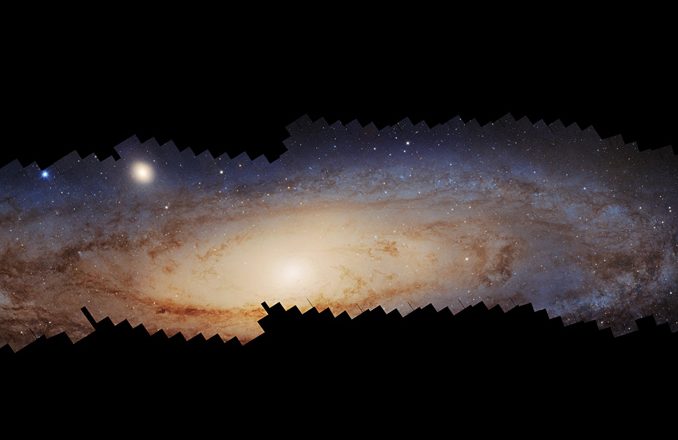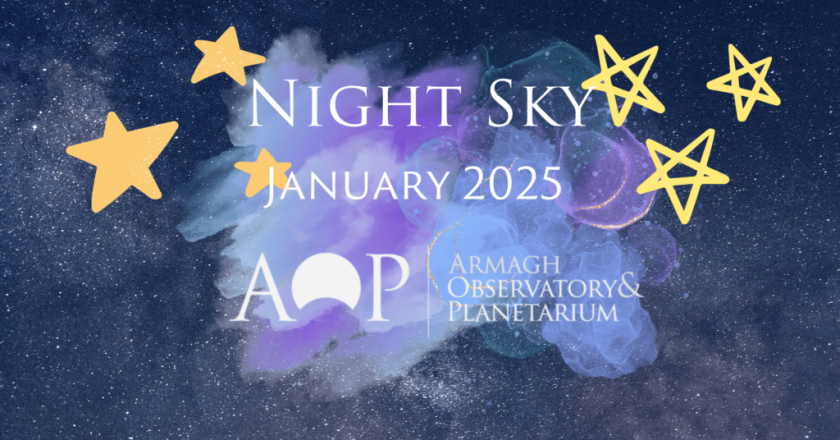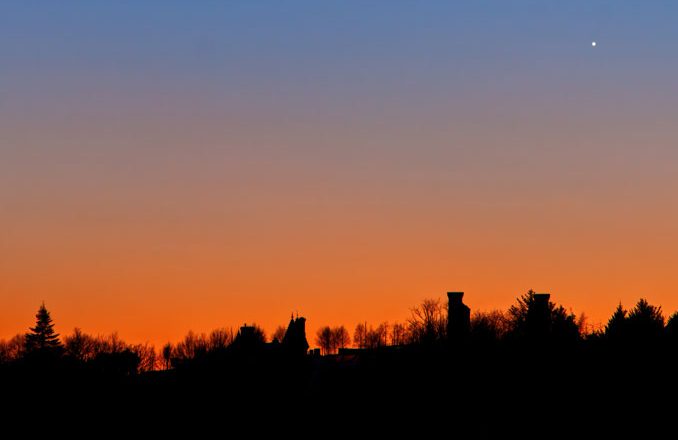NASA’s Hubble Traces Hidden History of Andromeda Galaxy – Astronomy Now
In the years following the launch of NASA’s Hubble Space Telescope, astronomers have tallied over 1 trillion galaxies in the universe. But only one galaxy stands out as the most important nearby stellar island to our Milky Way — the magnificent Andromeda galaxy (Messier 31). It can be seen with the naked eye on a very clear autumn night as a faint cigar-shaped object roughly the apparent angular diameter of our Moon.
Though the Milky Way and Andromeda formed billions of years ago, evidence shows they have very different evolutionary histories despite sharing the same cosmological neighbourhood.
A century ago, Edwin Hubble first established that this so-called “spiral nebula” was actually very far outside our own Milky Way galaxy —at a distance of approximately 2.5 million light-years or r...



